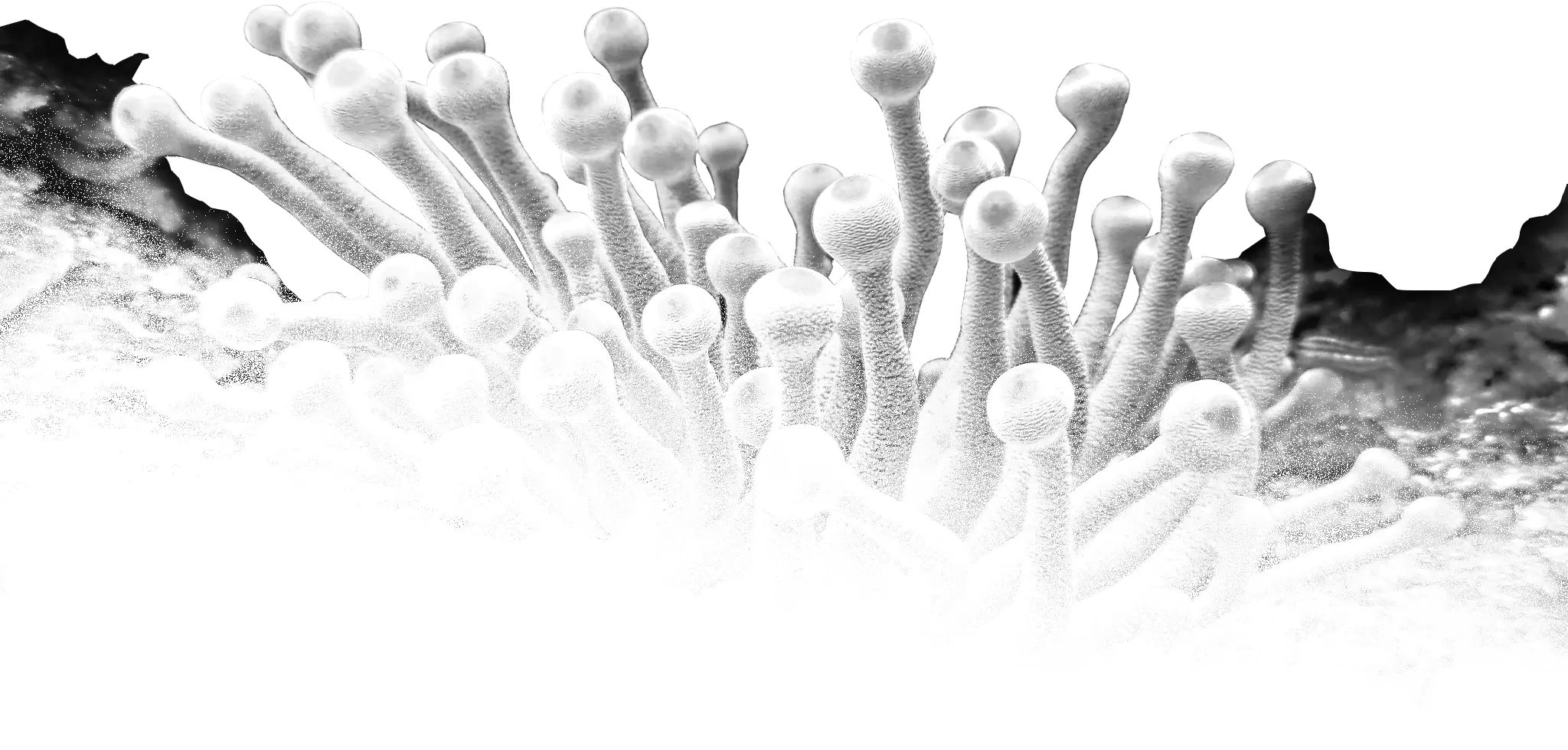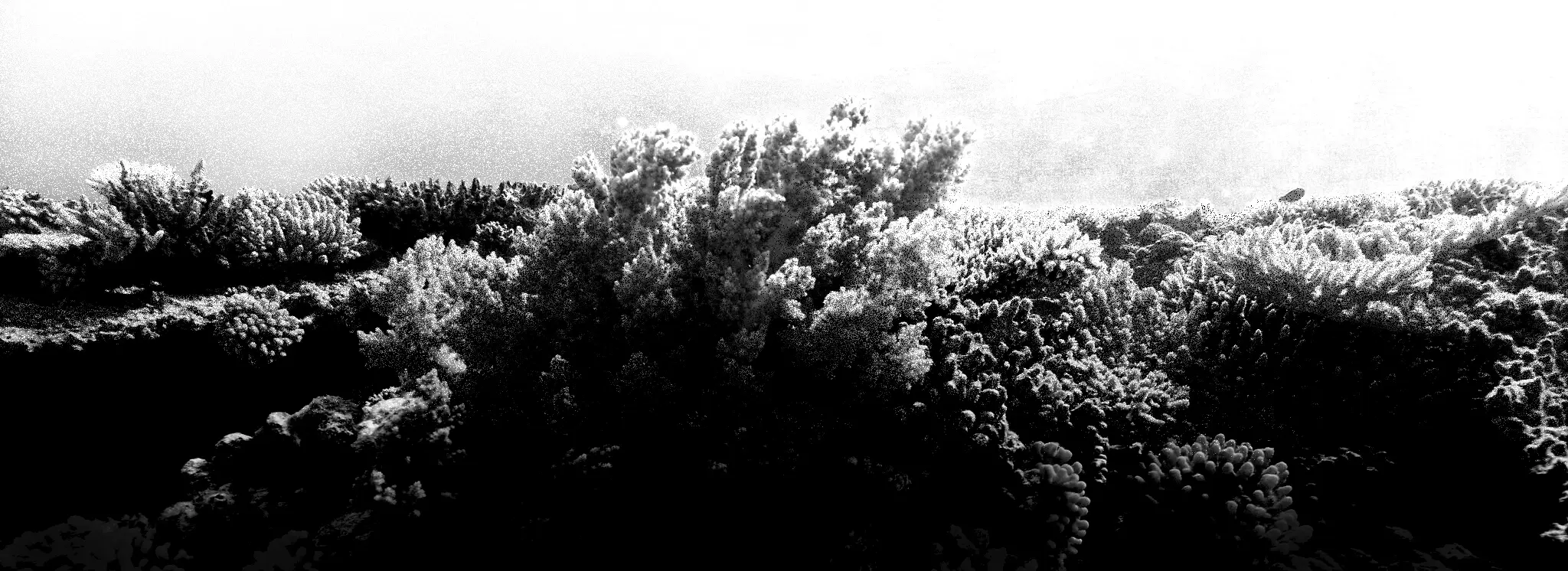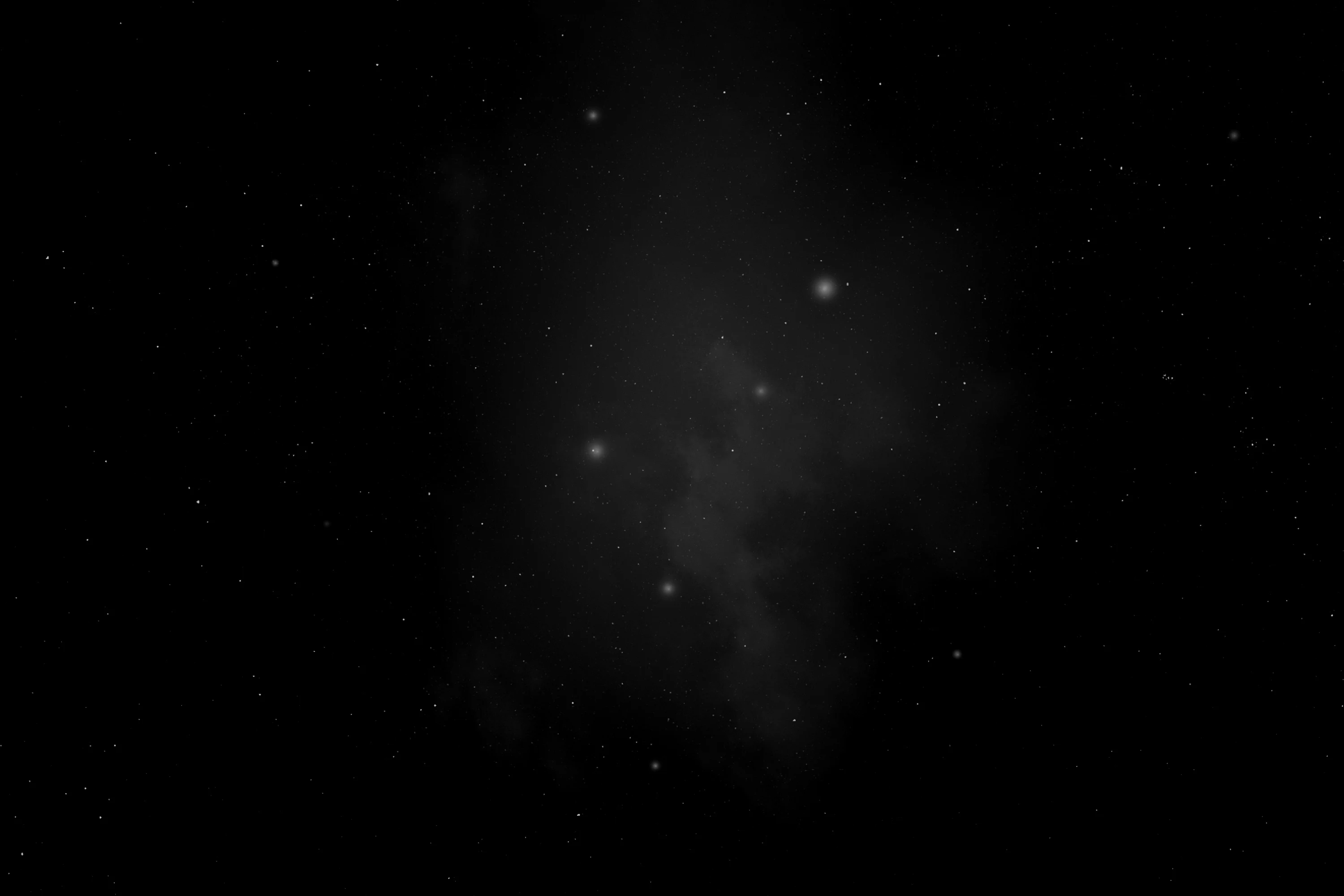
(Placozoa)
Placozoans
Пласт́инчасті
Placozoa is a phylum of free-living (non-parasitic) marine invertebrates. They are blob-like animals composed of aggregations of cells. Moving in water by ciliary motion, eating food by engulfment, reproducing by fission or budding, placozoans are described as “the simplest animals on Earth.” Structural and molecular analyses have supported them as among the most basal animals, thus, constituting a primitive metazoan phylum.
Placozoans do not have well-defined body plans, much like amoebas, unicellular eukaryotes. An individual body measures about 0.55 mm in diameter. Animals studied in laboratories have bodies consisting of everything from hundreds to millions of cells.
(Porifera)
Sponges
Губки
Sponges or sea sponges are primarily marine invertebrates of the metazoan phylum Porifera, a basal animal clade and a sister taxon of the diploblasts. They are sessile filter feeders that are bound to the seabed, and are one of the most ancient members of macrobenthos, with many historical species being important reef-building organisms.
(Orthonectida)
Orthonectids
Прямоплави
Orthonectida is a small phylum of poorly-known parasites of marine invertebrates. They are among the simplest of multi-cellular organisms.
The adults are microscopic wormlike animals. They have a single layer of outer cells surrounding a mass of sex cells. They swim freely within the bodies of their hosts, which include flatworms, polychaete worms, bivalve molluscs, and echinoderms. They have separate male and female individuals.
(Dicyemida)
Dicyemids
Дицієміди
Dicyemida, also known as Rhombozoa, is a phylum of tiny parasites that live in the renal appendages of cephalopods. Adult dicyemids range in length from 0.5 to 7 mm, and they can be easily viewed through a light microscope. Dicyemida lack respiratory, circulatory, excretory, digestive, and nervous systems.
The organism’s structure is simple: a single axial cell is surrounded by a jacket of twenty to thirty ciliated cells. The anterior region of the organism is termed a calotte and functions to attach the parasite to folds on the surface of its host’s renal appendages.
(Cnidaria)
Cnidarians
Кнідарії
Cnidaria is a phylum under kingdom Animalia containing over 11,000 species of aquatic invertebrates found both in freshwater and marine environments (predominantly the latter), including jellyfish, hydroids, sea anemones, corals and some of the smallest marine parasites. Their distinguishing features are an uncentralized nervous system distributed throughout a gelatinous body and the presence of cnidocytes or cnidoblasts, specialized cells with ejectable flagella used mainly for envenomation and capturing prey. Their bodies consist of mesoglea, a non-living, jelly-like substance, sandwiched between two layers of epithelium that are mostly one cell thick. Cnidarians are also some of the few animals that can reproduce both sexually and asexually.
(Ctenophora)
Comb Jellies
Реброплави
Ctenophora comprise a phylum of marine invertebrates, commonly known as comb jellies, that inhabit sea waters worldwide. They are notable for the groups of cilia they use for swimming (commonly referred to as “combs”), and they are the largest animals to swim with the help of cilia.
(Xenacoelomorpha)
Xenacoelomorphs
Ксенакоеломорфи
Xenacoelomorpha is a small phylum of bilaterian invertebrate animals, consisting of two sister groups: xenoturbellids and acoelomorphs. This new phylum was named in February 2011 and suggested based on morphological synapomorphies (physical appearances shared by the animals in the clade), which was then confirmed by phylogenomic analyses of molecular data (similarities in the DNA of the animals within the clade).
(Platyhelminthes)
Flatworms
Плоскі черви
Platyhelminthes is a phylum of relatively simple bilaterian, unsegmented, soft-bodied invertebrates commonly called flatworms or flat worms. Being acoelomates (having no body cavity), and having no specialised circulatory and respiratory organs, they are restricted to having flattened shapes that allow oxygen and nutrients to pass through their bodies by diffusion. The digestive cavity has only one opening for both ingestion (intake of nutrients) and egestion (removal of undigested wastes); as a result, the food can not be processed continuously.
(Rotifera)
Wheel Animalcules
Коловертки
Phylum Rotifera is comprised of two classes, Eurotatoria (which includes orders Monogononta and Bdelloidea) and Seisonidea, with over 2,200 currently known species. They are most commonly found in freshwater, although some species live in brackish or marine habitats, in soil, or on mosses. Rotifers may be sessile or sedentary and some species are colonial.
(Gastrotricha)
Hairy-Bellied Worms
Черевовійчасті черви
Phylum Gastrotricha, or hairy-bellied worms, includes approximately 790 currently known species of small, bilaterally symmetrical, acoelomate organisms found in marine, brackish, and fresh waters worldwide. They may constitute 1 to 8% of benthic meiofaunal organisms in marine waters, and can reach densities of over 150 individuals per 10 cm2 in freshwaters, making them one of the most abundant organism groups in both environments.
(Gnathostomulid)
Jaw Worms
Щелепнороті
Gnathostomulids, or jaw worms, are a small phylum of nearly microscopic marine animals. They inhabit sand and mud beneath shallow coastal waters and can survive in relatively anoxic environments.
Most gnathostomulids measure 0.5 to 1 mm in length. They are often slender to thread-like worms, with a generally transparent body. In many Bursovaginoidea, one of the major group of gnathostomulids, the neck region is slightly narrower than the rest of the body, giving them a distinct head.
(Micrognathozoa)
Micrognathozoans
Мікрощелепні
Limnognathia is the only genus in the phylum Micrognathozoa. It is microscopic acoelomate freshwater animal that was discovered in Disko Island, Greenland, in 1994. Since then, it has also been found on the Crozet Islands of Antarctica as well as in the British Isles and the Spanish Pyrenees, suggesting a worldwide distribution.
(Acanthocephala)
Thorny-Headed Worms
Колючеголові черви
Acanthocephala is a group of parasitic worms known as acanthocephalans, thorny-headed worms, or spiny-headed worms, characterized by the presence of an eversible proboscis, armed with spines, which it uses to pierce and hold the gut wall of its host. Acanthocephalans have complex life cycles, involving at least two hosts, which may include invertebrates, fish, amphibians, birds, and mammals. About 1,420 species have been described.

